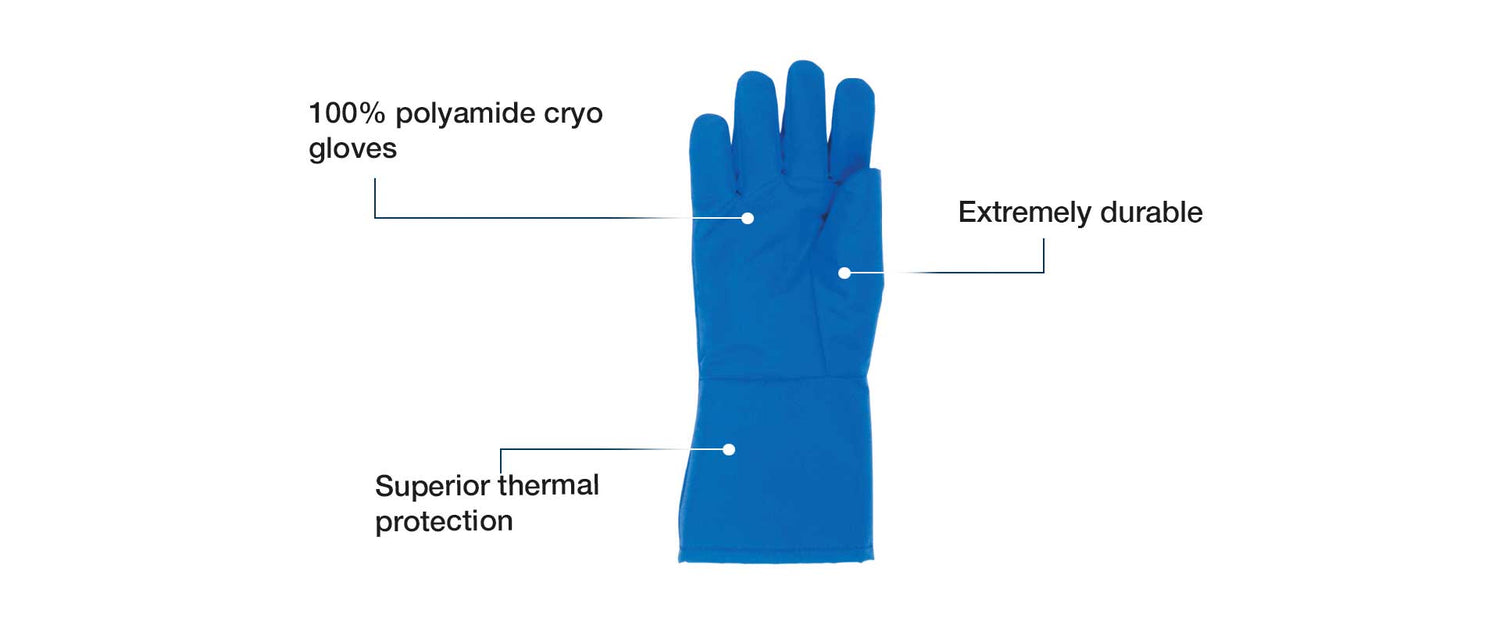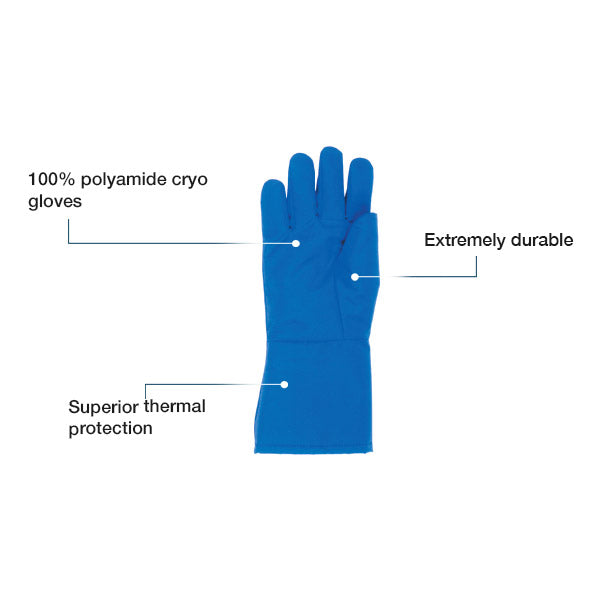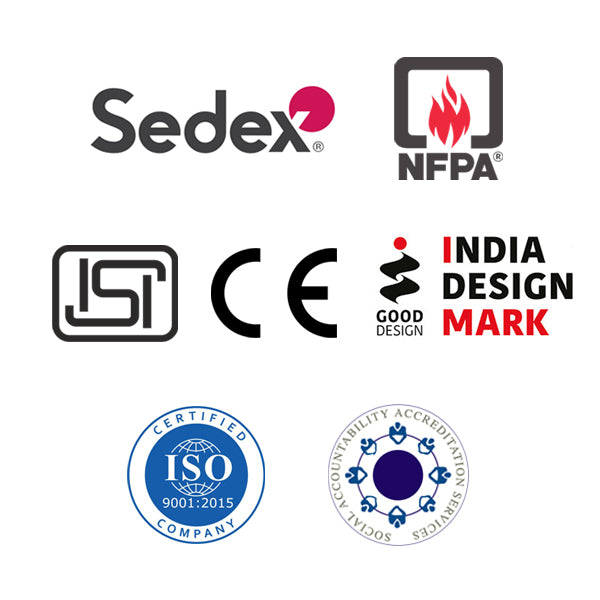CRMA
Share
Cryogenic gloves
- Mid-arm length cryogenic gloves generally used along with cryogenic apron while working with cryogenic liquids.
- 100% polyamide cryo glove
- Superior thermal protection
- Extremely durable
Cold
Cold & Chill
Delivery & Services

Easy Return
with our 15 days return poicy
Regular price
Rs. 0
Sale price
Rs. 0
Regular price
Tax included.
Shipping calculated at checkout.

ABOUT THE DESIGN

USEFUL IN THESE INDUSTRIES
HEALTHCARE
PHARMA
BIOTECHNOLOGY

Product Features
ABOUT THE DESIGN

USEFUL IN THESE INDUSTRIES
HEALTHCARE
PHARMA
BIOTECHNOLOGY
Product Details
























